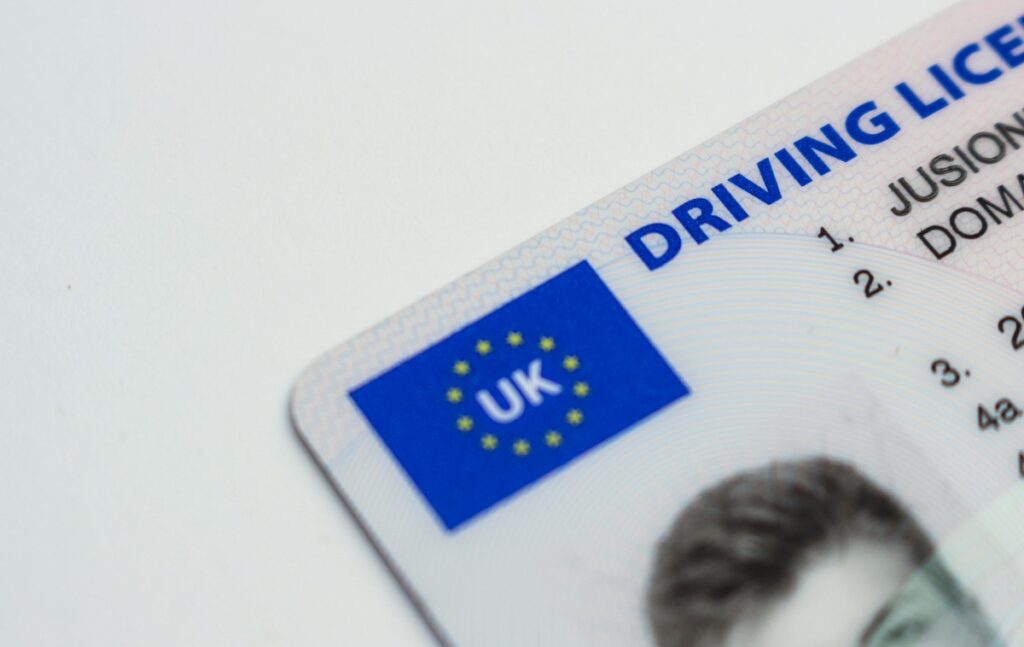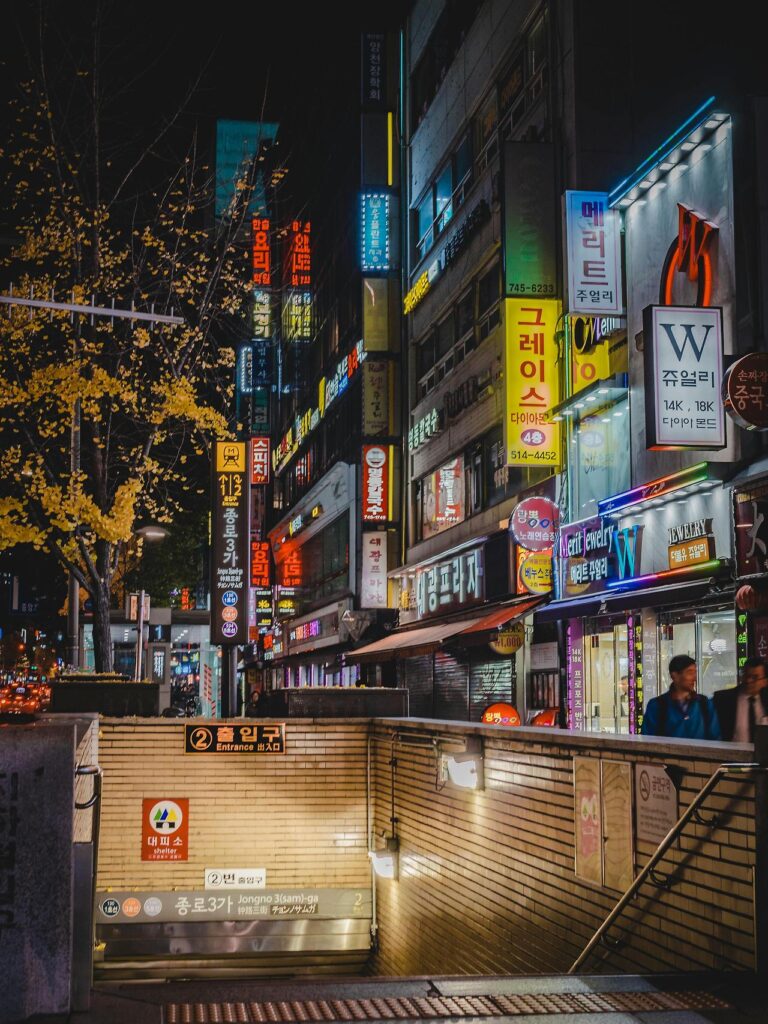🗺️ Introduction: Why Your Usual Map App Fails in Seoul (and What to Use Instead)
Welcome to Seoul, a city of futuristic skyscrapers, ancient palaces, and one of the world’s most efficient public transportation systems. You’ve got your passport, your excitement, and probably Google Maps open on your phone.
But hold on. If you’re relying solely on Google Maps for navigation here, you’re setting yourself up for frustration. Due to specific geopolitical and data regulations, Google Maps often provides inaccurate, incomplete, or outright unusable directions for public transit, driving, and walking in South Korea.
The secret to navigating Seoul like a local isn’t a better VPN or a secret hack—it’s using the local apps built for this ecosystem. You need Naver Map (네이버 지도) or Kakao Map (카카오맵). They are the true keys to unlocking Seoul’s vast transit network.
📱 Section 1: The Essential Tech Switch: Naver vs. Kakao Map
Forget everything you know about navigating with Google. In Korea, these two local champions are non-negotiable for finding the fastest, most reliable routes.
Why You MUST Use Naver or Kakao
- Accuracy: They use highly detailed, up-to-the-minute local road and public transit data.
- Transit Clarity: They accurately show all subway line exits, bus stops, and real-time arrival/departure times, which is essential for Seoul’s complex system.
- English Support: Both apps offer English interface options, though the level of English in search results (like specific small restaurants) can vary.
Your Guide to the Apps
| Feature | Naver Map (네이버 지도) | Kakao Map (카카오맵) |
| User Interface | Cleaner, more detailed maps; excellent street view. | Clearer transit-focused interface; often better for bus tracking. |
| Download & Use | Available globally on App Store/Google Play. Download before arrival! | Available globally on App Store/Google Play. |
| Pro Tip | Naver is often preferred by travelers for its excellent walking navigation and detail. | Kakao sometimes offers clearer route comparisons (Subway vs. Bus). |
➡️ Actionable Tip: Download both apps, set the language to English, and practice searching for your hotel and a major landmark before you leave your home country.
💳 Section 2: T-money: Your Single Key to the City
The T-money Card is your most important tool, second only to your local map app. It is a reloadable transportation card that works on all subways, buses, and even in most taxis and convenience stores throughout Seoul and most of South Korea.
T-money Card Essentials
- Where to Buy: Any major convenience store (GS25, CU, 7-Eleven, Ministop) or vending machines inside subway stations. The card itself costs around ₩2,500 – ₩4,000.
- How to Load: You can load it with cash at convenience stores or at the loading machines inside subway stations.
- Why It’s Essential: Using T-money automatically applies the transfer discount (see Section 3) and is far more convenient than buying single-use subway tickets for every trip.
- Pro Tip: Look for the T-money logo on taxis and use it to pay! It saves you from fumbling with cash.
🔄 Section 3: The Seoul Transit Secret: Mastering the Free Transfer System
Seoul’s bus and subway systems are seamlessly integrated, offering one of the world’s most generous transfer benefits. Understanding this is the key to saving both time and money.
The 30-Minute/4-Time Rule
When you use your T-money card:
- Initial Ride: You pay the base fare (e.g., ₩1,400 for the subway).
- Transfer Window: After tapping out, you have 30 minutes (or 60 minutes between 9 PM and 7 AM) to transfer to a different route.
- Transfer Benefit: During this window, you can transfer up to 4 times (a total of 5 rides), often paying only the difference in the base fare if the new route is longer. The benefit applies when transferring between:
- Subway to Bus
- Bus to Subway
- Bus to Bus (must be a different route number)
⚠️ The Golden Rules of Tapping
To ensure you get the transfer discount and don’t get charged an excess fee:
- ALWAYS Tap Out: Unlike in some cities where you only tap in, in Seoul, you must tap your T-money card when exiting the subway station turnstile and the bus.
- Don’t Tap Twice: If you use the same bus route again, or transfer in the wrong sequence, the system will charge you a full base fare instead of the discount.
- Travel Distance Matters: While the initial transfers are free, if your total cumulative journey exceeds a certain distance (currently 10 km), a small extra charge will be applied to cover the added distance. This will still be significantly cheaper than separate tickets.
🚇 Section 4: Navigating the Subway: Lines and Exits
The Seoul Metro has over 20 color-coded lines. It might look daunting, but the system is incredibly logical and well-signed in English.
- Color Codes: Each line has a distinct color (e.g., Line 2 is green, Line 3 is orange). Always know your line’s color for easy identification.
- Find Your Exit (Crucial!): Subway stations are massive labyrinths, and picking the right exit is vital for saving a 10-minute detour. When you use Naver/Kakao Map, they will always tell you the precise Exit Number (e.g., Exit 4) you need to use for your destination. Always check the map app for the exit number before leaving the platform.
- Subway Direction: Directions are often named after the last station on that line (e.g., “Towards Jamsil“). Always confirm your final direction before getting on the train.
🚌 Section 5: The Bus System Made Easy
Buses offer a more scenic, above-ground view of the city and can often be faster for shorter, cross-town routes than the subway.
- Bus Types: Buses are color-coded based on their service area:
- Blue ( 간선): Long-distance trunk lines connecting different districts.
- Green ( 지선): Shorter routes connecting local areas to subway stations.
- Red ( 광역): Express routes connecting Seoul to satellite cities.
- Yellow ( 순환): Circular routes around major centers (e.g., Namsan).
- Tapping In and Out: Always tap the T-money reader when you get on and get off the bus. Failing to tap off will prevent you from receiving the transfer discount on your next ride and might be penalized.
- Ringing the Bell: Unlike the subway, buses don’t stop at every station. Be sure to press the “Stop” button before your destination to signal the driver.
Your successful trip to Seoul starts now! Download those map apps, grab a T-money card, and enjoy the ride.

